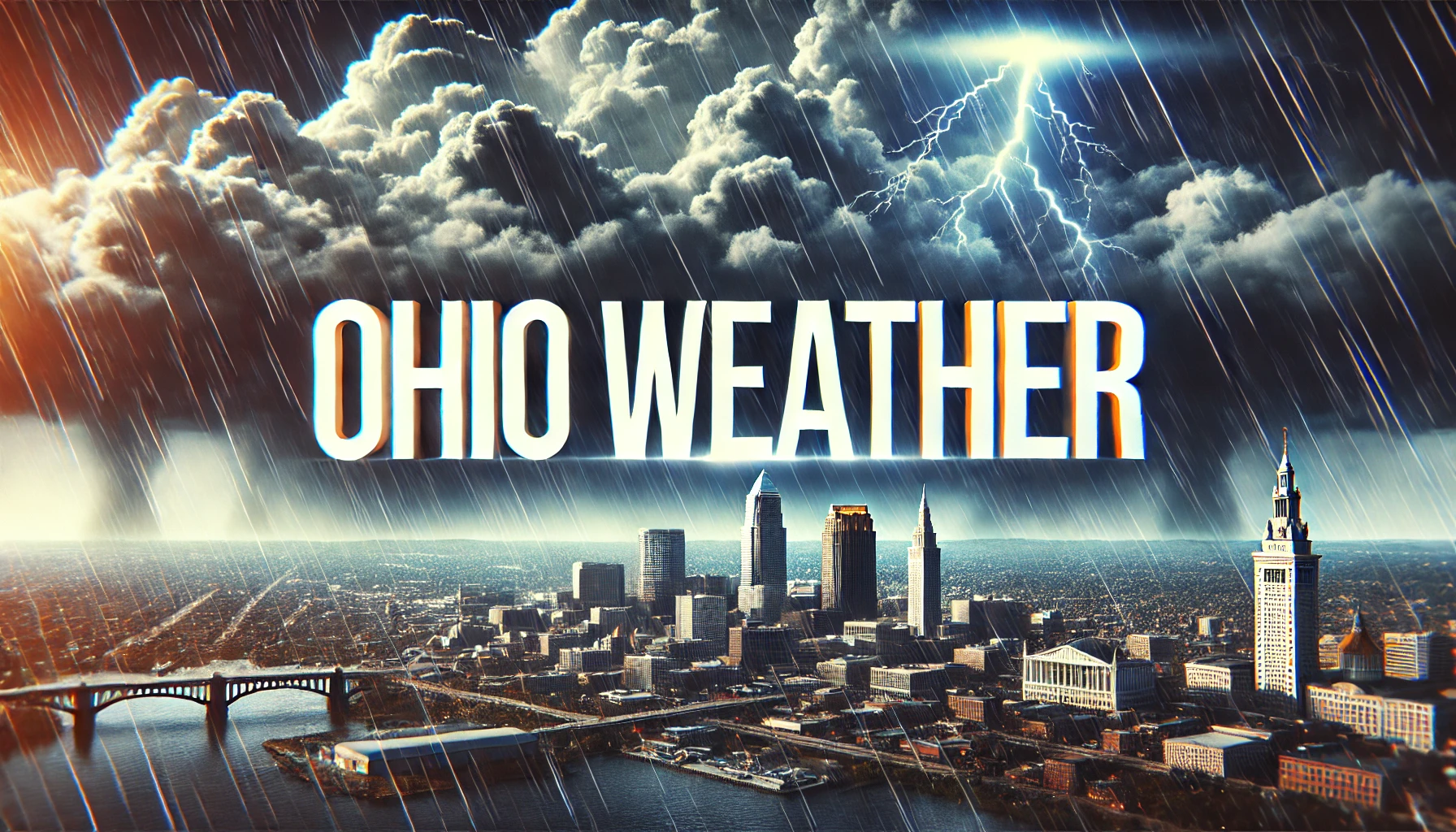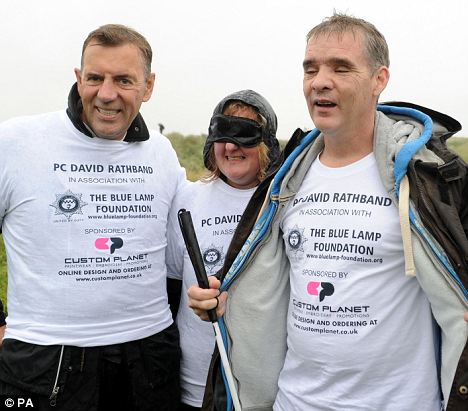Understanding The Impacts Of Dangerous Climate Whiplash On Cities

Table of Contents
Infrastructure Damage and Economic Costs of Climate Whiplash
The unpredictable nature of climate whiplash puts immense strain on urban infrastructure, leading to significant economic costs. The rapid succession of extreme weather events overwhelms systems designed for more predictable conditions, resulting in cascading failures and expensive repairs.
Strain on Water Resources
Climate whiplash leads to unpredictable water availability, stressing water supply systems. Droughts followed by flash floods damage critical water infrastructure, including pipelines, treatment plants, and reservoirs.
- Unpredictable rainfall: Makes water resource management extremely challenging. Reservoir levels fluctuate wildly, leading to shortages during droughts and overflows during floods.
- Damaged infrastructure: Flash floods can overwhelm sewage systems, contaminating water supplies and requiring extensive and costly repairs to pipelines and treatment plants.
- Economic impact: Repair expenses are substantial. Water rationing measures disrupt businesses and daily life, impacting agriculture and industry significantly. Increased reliance on costly desalination plants due to unpredictable rainfall patterns further exacerbates the economic burden.
Transportation Disruptions
Extreme weather events associated with climate whiplash severely damage transportation networks. Roads, bridges, and public transportation systems are particularly vulnerable.
- Road damage: Flash floods can wash away roads, while extreme temperatures can cause cracking and buckling of asphalt. Landslides can block major highways and disrupt commutes.
- Public transport disruption: Heavy rainfall and flooding can paralyze public transportation systems, causing significant delays and cancellations.
- Economic consequences: Delays in goods delivery disrupt supply chains, impacting businesses and consumers. Increased commuting times reduce productivity, and the costs of repairing damaged infrastructure are substantial. Consider the impact of extreme snow followed by rapid thaw on road networks – a prime example of climate whiplash's disruptive force.
Damage to Buildings and Housing
The rapid shifts in temperature and precipitation characteristic of climate whiplash weaken building foundations and infrastructure.
- Foundation damage: Repeated cycles of freezing and thawing, or periods of intense rainfall followed by drought, can compromise structural integrity.
- Building damage: Flooding and strong winds associated with extreme weather events cause significant damage to both residential and commercial buildings.
- Economic impact: Repair and rebuilding costs are immense. Displacement of residents leads to social disruption and economic hardship. Insurance claims skyrocket, placing additional strain on insurance companies and the economy as a whole. The increased demand for flood-resistant building materials and higher insurance premiums reflect the escalating economic consequences.
Public Health Impacts of Climate Whiplash
Climate whiplash's impact extends beyond infrastructure, significantly affecting public health and well-being. The rapid shifts in weather patterns increase the vulnerability of populations to a range of health problems.
Heat-Related Illnesses and Mortality
Sudden heatwaves following periods of cooler weather are particularly dangerous, as populations are less acclimatized.
- Heat stroke: The incidence of heat stroke and other heat-related illnesses rises sharply during sudden heatwaves.
- Healthcare strain: Healthcare systems are overwhelmed during periods of extreme heat, further exacerbating the problem.
- Vulnerable populations: The elderly, children, and individuals with pre-existing health conditions are particularly vulnerable to heat-related mortality. The need for expanded public cooling centers and public health awareness campaigns is crucial.
Spread of Infectious Diseases
Flash floods and heavy rainfall create ideal breeding grounds for disease vectors like mosquitoes.
- Mosquito-borne diseases: The risk of diseases such as dengue fever, Zika virus, and West Nile virus increases significantly.
- Waterborne diseases: Contaminated water sources following floods lead to outbreaks of waterborne diseases like cholera and typhoid.
- Public health strain: Managing outbreaks requires substantial resources, placing a strain on public health systems. The increased prevalence of waterborne diseases after heavy rainfall events highlights this critical issue.
Mental Health Impacts
The frequent and unpredictable extreme weather events associated with climate whiplash have profound mental health consequences.
- Trauma and stress: Repeated evacuations, property damage, and the constant threat of extreme weather can lead to anxiety, stress, post-traumatic stress disorder (PTSD), and depression.
- Social disruption: Extreme weather events can disrupt social networks and community support systems, exacerbating the mental health impact.
- Increased demand for mental health services: The psychological toll of repeated evacuations and property damage necessitates increased investment in mental health services.
Mitigating the Impacts of Climate Whiplash on Cities
Addressing the challenges of climate whiplash requires a multi-pronged approach focused on building resilience at the infrastructure, adaptation, and community levels.
Investing in Resilient Infrastructure
Investing in resilient infrastructure is crucial for mitigating the impacts of climate whiplash.
- Flood defenses: Building stronger flood defenses, improving drainage systems, and using climate-resilient building materials can significantly reduce damage.
- Early warning systems: Investing in advanced early warning systems and improved emergency response protocols is essential for minimizing the impact of extreme weather events.
Implementing Climate Adaptation Strategies
Cities need to implement proactive climate adaptation strategies to minimize vulnerability.
- Water management: Implementing drought-resistant landscaping and improved water management practices are critical for ensuring water security.
- Urban greening: Increasing urban green spaces helps mitigate the urban heat island effect and reduces the impact of heatwaves.
- Sustainable transport: Promoting sustainable transportation options reduces reliance on vehicles that contribute to greenhouse gas emissions.
Strengthening Community Resilience
Building community resilience is crucial for mitigating the social and economic consequences of climate whiplash.
- Community preparedness: Improving community preparedness and response planning through education and drills is essential.
- Social support networks: Building robust social support networks can help vulnerable populations cope with the impacts of extreme weather events.
- Disaster risk reduction: Investing in community-based disaster risk reduction programs empowers communities to take proactive steps to protect themselves.
Conclusion
Climate whiplash poses a significant and growing threat to cities around the globe. The unpredictable nature of these extreme weather events necessitates a multifaceted approach to mitigation, encompassing infrastructure improvements, climate adaptation strategies, and the strengthening of community resilience. By investing in resilient infrastructure and implementing proactive adaptation measures, cities can better protect their citizens, economies, and essential services from the damaging effects of climate whiplash. Understanding the impacts of climate whiplash is crucial for developing effective strategies to build more resilient and sustainable urban environments. Let's work together to create cities better equipped to withstand the challenges of climate whiplash and its variations, building a future where our urban centers are prepared for the extremes of our changing climate.

Featured Posts
-
 Plan Your Spring Getaway 30 Off Lavish Hotels Now
May 31, 2025
Plan Your Spring Getaway 30 Off Lavish Hotels Now
May 31, 2025 -
 Dry And Sunny Weather Predicted For Northeast Ohio On Tuesday
May 31, 2025
Dry And Sunny Weather Predicted For Northeast Ohio On Tuesday
May 31, 2025 -
 Miley Cyrus Drops Stunning Visuals For End Of The World Single
May 31, 2025
Miley Cyrus Drops Stunning Visuals For End Of The World Single
May 31, 2025 -
 New Business Hot Spots Where To Invest In Country Name
May 31, 2025
New Business Hot Spots Where To Invest In Country Name
May 31, 2025 -
 Moroccan Childrens Charity Receives Support From Duncan Bannatyne
May 31, 2025
Moroccan Childrens Charity Receives Support From Duncan Bannatyne
May 31, 2025
